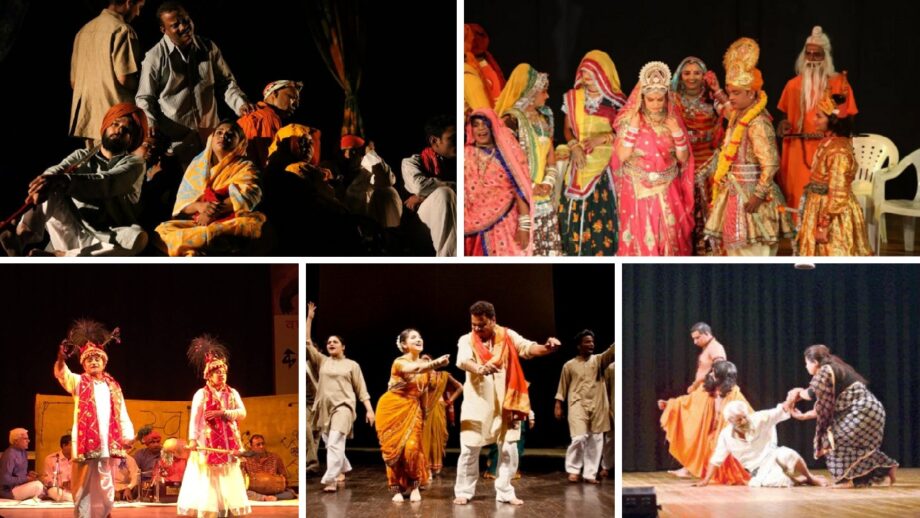Theatre as a creative art form has existed much before the establishment of the Indian film industry. It is believed that it was Alexander the Great’s conquest of India that gave way to the establishment of the Sanskrit theatre. Though it was briefly discouraged and forbidden in the 10th and 11th centuries, the Indian theatre industry has been extensively influenced by the major cultures of the world that found their way here.
The Indian theatre culture, that is believed to have emerged in the 4th century B.C., is over 5,000 years old. Since then, the purpose of the drama has varied from molding imagination, provoking a change, telling a story or even just entertaining the audience. One of the best parts of Indian theatre is that it is replete with multiple forms of fine arts including singing and dancing! Today, playwrights, directors and producers try to incorporate the regional cultural richness in their plays to appeal to the masses.
The plays that are staged today are surely far more elaborate than those in the times of the kings, but they still remain as unique as ever.
There are hundreds of theatrical traditions that are still living and flourishing in India. The folk theatres like ramlila, raslila and nautanki are prevalent across the length and breadth of the country and are an art form that keeps drama’s basic elements intact. On the other hand, you can find ballets and operas in the metropolitan area.
Indian theatre has received contributions from Bharata Muni, an ancient Indian theatrologist. His magnum opus Natyashastra is the ancient drama manual that countless thespians have followed. And Indian theatre has also borrowed inspiration from William Shakespeare, often titled England’s National Poet and the “Bard of Avon”.
It’s the confluence of cultures and its portrayal via drama that lends a distinctive nature to the Indian theatre.












